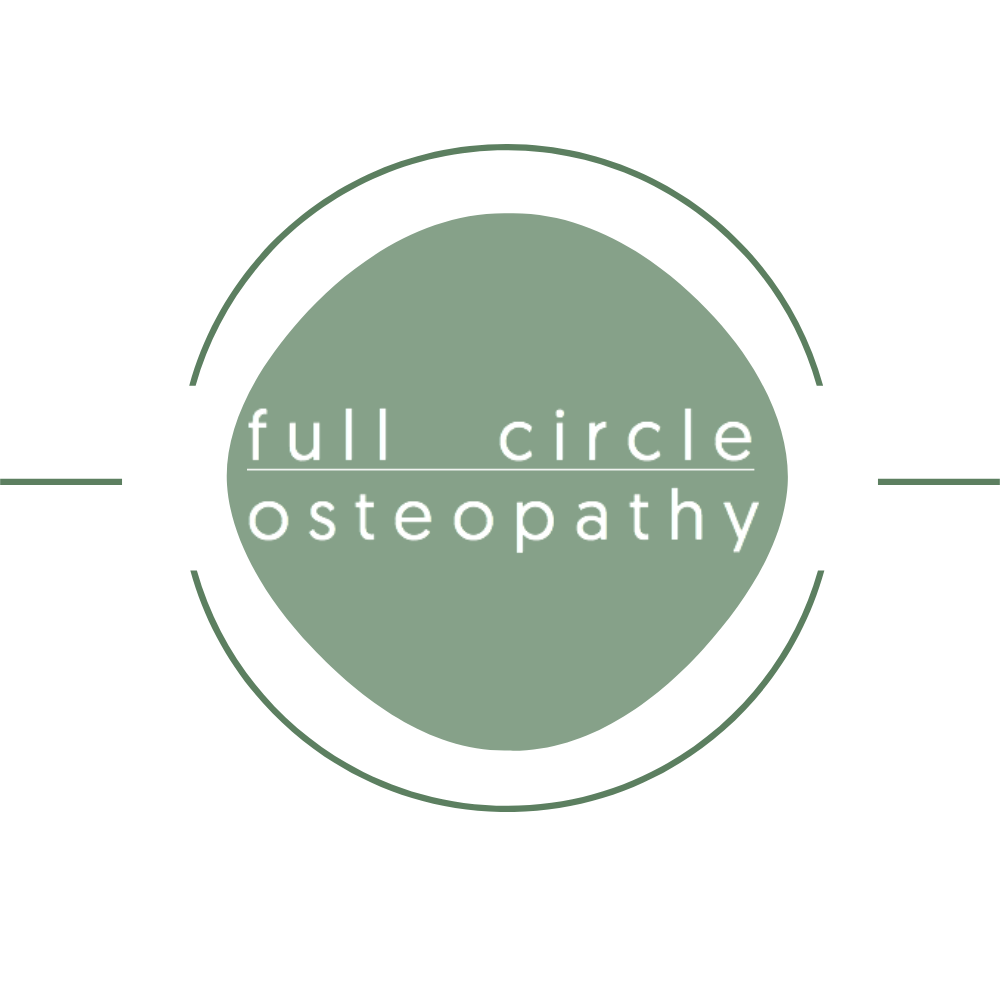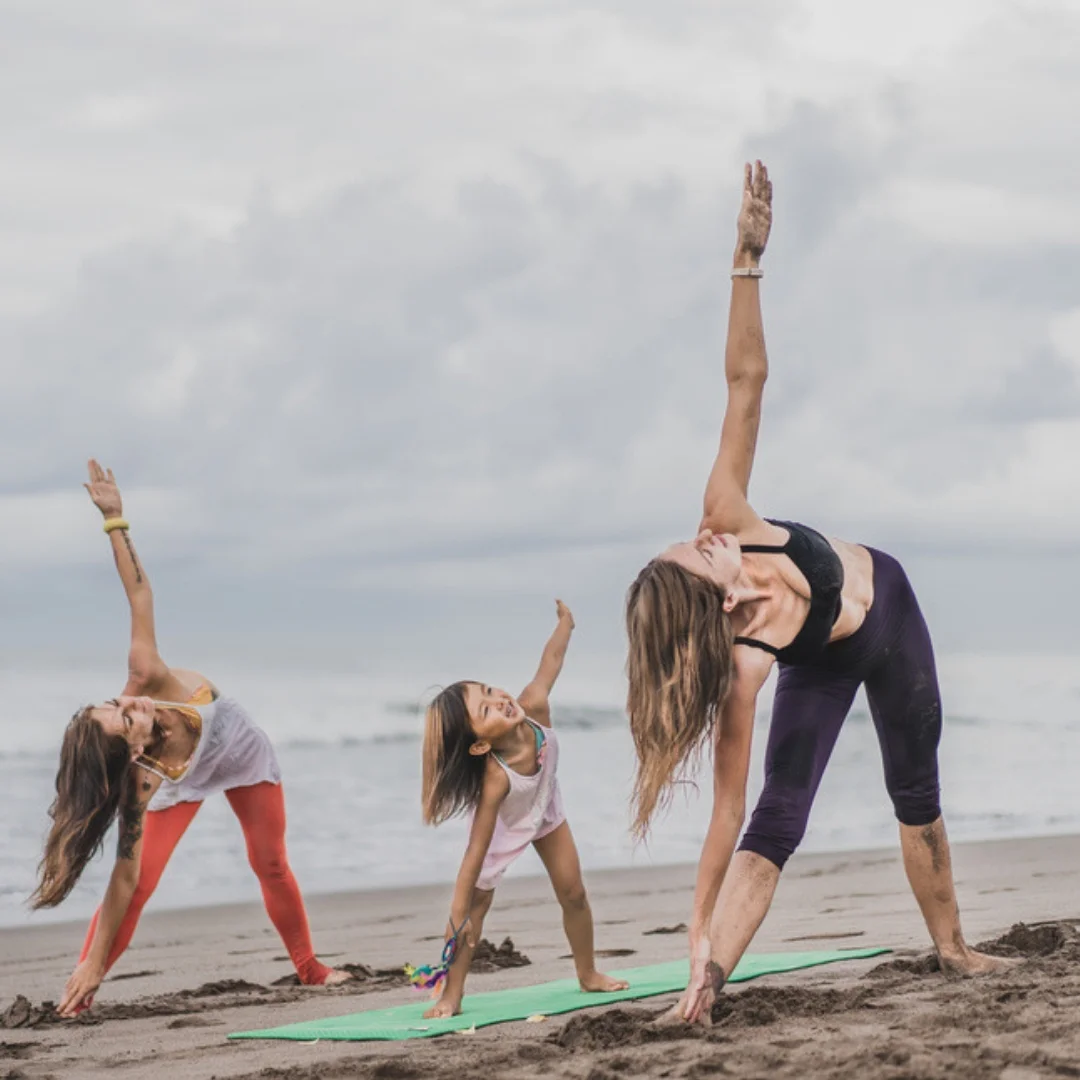Woman’s Woes
Hello everyone! May is here, which means we get to celebrate those wonderful humans who brought us into the world - our Mums. And as it’s Mother’s day this month, we thought we’d dedicate a blog to common musculoskeletal conditions in women.
When it comes to musculoskeletal health, there are many conditions that females are more likely to develop. As you probably expect, this is mainly because of the differences in our bodies, both structurally and chemically. There are also certain sports and activities with higher female participation rates that leave them prone to sports-specific issues. And lastly, we need to consider that women are a lot better than men at seeking help for their health, and so we tend to know more information about what affects women (in a clinical setting). Men… Start speaking up please!
Below we concentrate on a few conditions, outline what they’re all about, and explain why women are more likely to develop them over their male counterparts. On your marks… Get set… Go!
KNEE CONDITIONS
In this example, we will focus on the patellofemoral joint, or PFJ (the joint between the kneecap and the thigh bone). The front thigh muscles (the quadriceps) run from the hip to just below the knee. The kneecap is held in place over the end of the thigh bone by the tendon of the quadriceps muscles. When all is happy and in place, this allows for smooth gliding across the joint as we bend and straighten our knees. As you walk, the joint bears about 50% of your bodyweight, but this can drastically increase to up to seven times your bodyweight when you run or squat. So it only takes something small for stress to increase at the joint and potential pain to develop. Pain associated with this joint is commonly caused by misalignment of the kneecap as it crosses the joint.
In women, common factors that may lead to this issue include:
• A wider pelvis
• Increased inward twisting of the thigh bone, and outward twisting of the shin bone
• Inwards collapsing of the knees and feet
• Increased laxity (looseness) of the ligaments around the knee
When we treat this issue, we aim to reduce pain and correct the alignment of the joint. We do this by strengthening the buttock, hip and thigh muscles, as well as stretching of the back chain of muscles down the leg. Temporary taping or bracing may help the patient to stay active doing what they love!
OSTEOPOROSIS
Osteoporosis is a condition that affects the density of our bones, weakening the internal structure, and ultimately leaving us prone to fractures. It commonly affects the elderly population, but may also affect younger people. Unfortunately for women, they are four times more likely to develop this condition than men. Not fair, right?! Blame menopause. This is when women stop producing Oestrogen - a hormone responsible for maintaining bone mineral density throughout life.
There are however, many other causes of Osteoporosis, including alcoholism, anorexia, kidney disease, and long-term steroid use. As a female, having your ovaries removed as part of a partial or full hysterectomy also leaves you prone to developing this condition.
Treatment usually consists of a combination of calcium and vitamin D supplementation, a structured exercise regime, and especially for the elderly, minimising risks of falls around the home by removing unnecessary furniture, carpets, rugs and mats. Some menopausal women opt for hormone replacement therapy (HRT), which helps to maintain bone mineral density following menopause. This has unfortunately been seen to increase risk of breast cancer and heart disease, so not all women choose this pathway.
SPINAL CONDITIONS
There are a few spinal conditions that active women in particular are prone to developing. Take your average dancer, gymnast or figure skater (all activities with a majority female participation rate) and what do you think of? Flexibility, right? These types of activities commonly involve movements to the extreme limits, such as over-arching through the back. People who constantly subject their spine to these types of loads and forces are more likely to develop a stress fracture in a small part of one of their vertebrae. This particular type of stress fracture is called ‘Spondylolysis’.
Spondylolysis is characterised by a dull ache, usually in the low back region, which is made worse by the same overarching movements of the spine. They can vary in severity from a partial stress fracture, through to a full thickness fracture, which can then develop further into a slippage of one vertebrae on another, called a ‘Spondylolisthesis’ (bit of a mouthful right!).
If suspected, your practitioner may refer you for imaging to confirm. Otherwise treatment consists of a combination of rest from the aggravating activity whilst undergoing a rigorous core stabilisation exercise programme. The good news is, most people can return to their chosen activity once they are pain free and feel strong again! Awesome!
So spare a thought for the women in your life - especially your mumma! More importantly though, if you are female and think you might have one of the above conditions, or are experiencing pain of any kind, please contact your local osteopath and they will be able to chat it through, assess you thoroughly, and put you on the path to staying happy, healthy and active.
OK men… You are also allowed to contact us. SO PLEASE CALL US!!!!!! (We aren’t yelling… Much.)
References
McClure, S. et al. 2005. Common Musculoskeletal Disorders in Women. Mayo Clinic Proceedings. 80(6). 796-802. https://doi.org/10.4065/80.6.796
Osteoporosis Australia - https://www.osteoporosis.org.au/risk-factors
American Academy of Orthopaedic Surgeons - https://orthoinfo.aaos.org/en/diseases--conditions/spondylolysis-and-spondylolisthesis/

